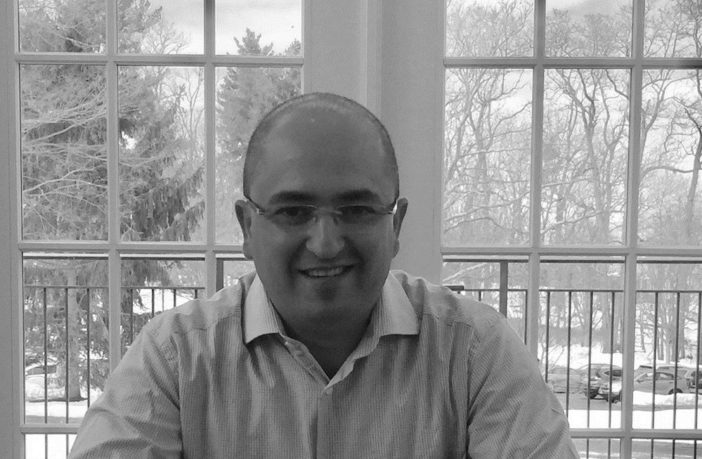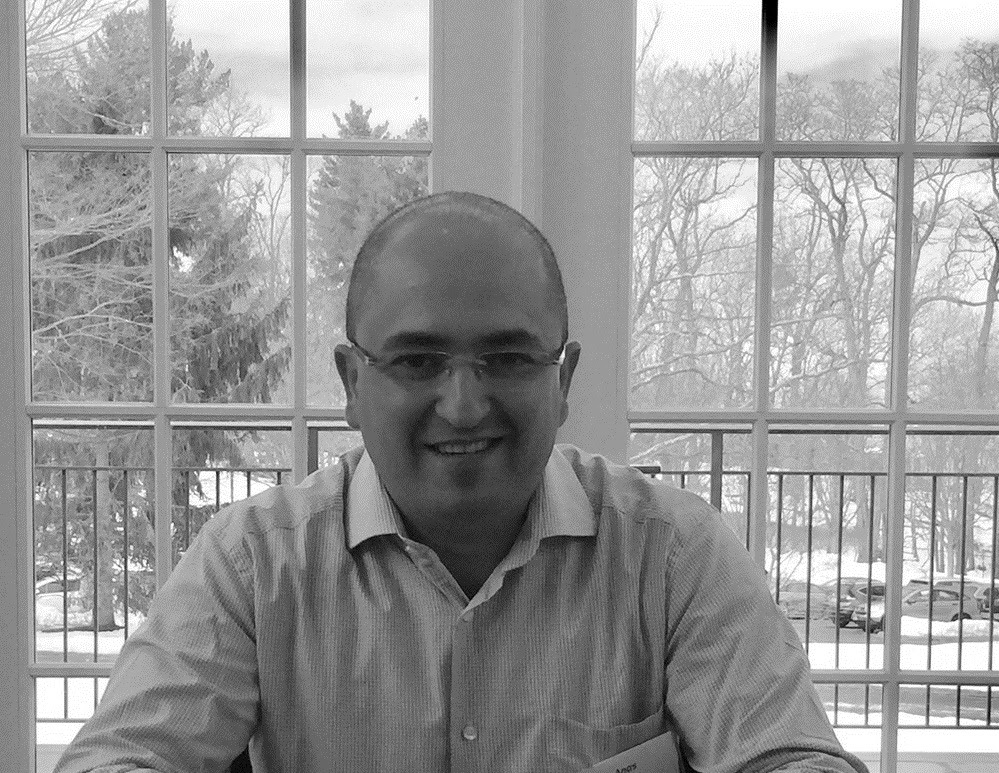Oxford Business Group
Anas Kabbaj, Country Executive Morocco, General Electric (GE)
What are the biggest challenges faced by multinationals, particularly digital industrial companies?
ANSA KABBAJ: GE is involved in numerous large-scale projects in Morocco’s energy sector. We are partnering on renewables projects for the National Office of Electricity and Potable Water (Office National de l’Electricité et de l’Eau Potable, ONEE) and with private developers like Nareva, as well as on a gas-to-power project. We are also working with Royal Air Maroc in the transport sector to equip aircraft with engines and provide maintenance.
The biggest challenge from a commercial perspective for digital industrial companies like ours is to remain confident in the viability of our projects, especially from a timing perspective. When large projects get delayed, it becomes difficult to continue strengthening resources on the ground and to maintain momentum. It is important to note that large-scale projects can involve some complexity in terms of financing, technology, the number of partners and logistical requirements, which can lead to delays on the clients’ side.
Furthermore, the quality of services, logistics and the transport of goods constitute an additional challenge. Even though there is continuous progress, we are still observing some bureaucratic obstacles at the Customs level. Take for example airports; if Morocco, and hence Casablanca, is to be promoted as a hub for multinationals, waiting times for Customs at Mohammed V International Airport must be significantly reduced, and services in the airport and the city should be raised to a high-quality level.
How feasible do you find the Moroccan government’s renewable capacity target of 2 GW by 2020?
KABBAJ: The target of 2 GW of renewables by 2020 appears to be well on track, and is likely to be achieved. Generating gas-based electricity to diversify Morocco’s energy mix was also a wise decision, as gas is a conventional source that provides the flexibility needed to balance the intermittency associated with renewable power.
Morocco has become a regional leader in the renewable energy segment, as renewables represent nearly 34% of the kingdom’s energy mix. The government is aiming to make renewables responsible for 52% the energy supply in 2030, which would represent a 10% increase over 2020. That really is an impressive target, and it would require the construction of combined cycle gas-based plants, which would strengthen the grid, and would necessitate the development of enough energy storage to support all of those new sources of energy.
What sectors of the Moroccan economy benefit the most from the public-private partnership (PPP) model?
KABBAJ: Most of the sectors dependent on major infrastructure problems benefit from the PPP model, which has demonstrated its added value in the energy sector. ONEE and the Moroccan Agency for Solar Energy have excellent track records using the PPP model to develop capital-intensive energy projects. The Noor solar power stations in Ouarzazate stand out in this regard, as does the Taza 150-MW wind project, which is a collaboration between ONEE, France’s EDF Energy and Japan’s Mitsui.
In the health care sector Morocco’s private clinics and public hospitals depend on the latest medical equipment and, in terms of financing new health care facilities, it is clear that PPPs represent an appropriate business model for the sector.
Overall, I believe timing and duration are the most important components of a successful project. PPPs require financial closings and due diligence, and financing should never stand in the way of completing these types of projects in a timely fashion.








